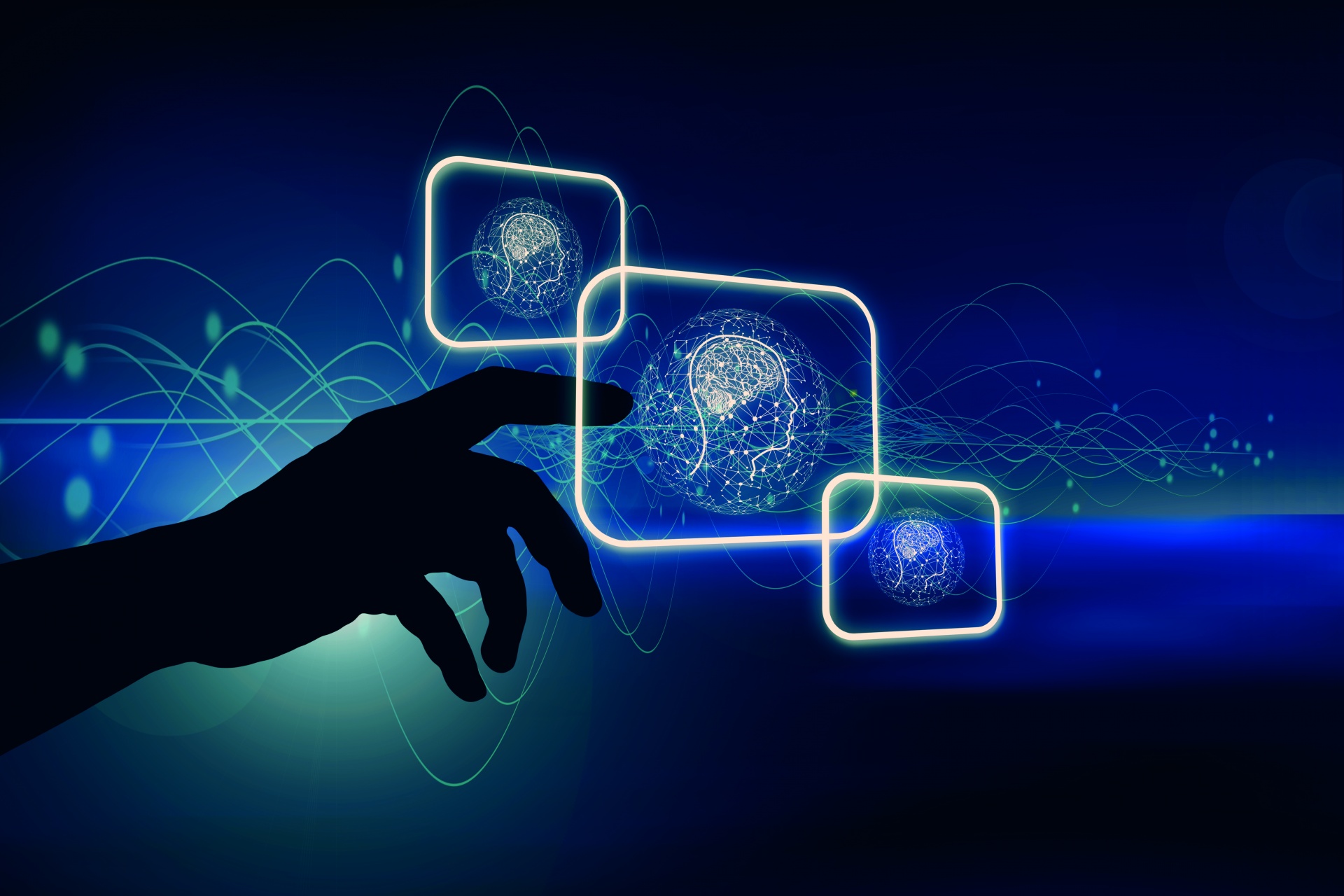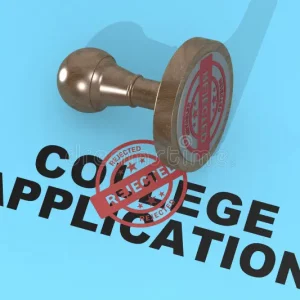Artificial intelligence is powerful. We can use it to generate artistic images with a short prompt in DALL-E, or to negotiate our daily lives via smart assistants like Siri or Alexa. But as ever, the arrival of transformative technology raises doubt and fear: will it be made to do our bidding in ways that improve the world, or will it supplant the role of humanity and usher in the dystopian future so long promised by science-fiction? Is Artificial Intelligence a force for good or evil?
The latest innovation to stoke these fears is ChatGPT (generative, pre-trained, transformer), a chatbot released in November 2022 by OpenAI. Many educators feel this chatbot threatens their jobs. By harnessing self-learning technology, ChatGPT can be made to compose essays or solve scientific problems in ways that might outstrip or replace the role of human creativity, forever altering higher education for the worse.
But it doesn’t have to be that way.
ChatGPT is an anthropomorphized robot, which processes massive amounts of data to train itself to respond to questions. It replies conversationally to inquiries and considers the human intent of the query, distinguishing it from other chatbots. It did not take long for ChatGPT to gain traction for its remarkable abilities. According to Demand Sage’s data, “ChatGPT has crossed one million users within one week of its launch.”
Its release has sparked chaos amidst instructors as students use it to complete homework assignments. Cheating is at the forefront of teachers’ concerns, along with the AI’s capacity to share misinformation. Teachers fear that students will take anything ChatGPT says as fact because technology frames itself as undoubtedly legitimate. Even though the bot seems to know exactly what it’s talking about, it may not. It is trained on data pulled from the internet, and further investigation of its claims frequently reveals inaccuracies, like when it claimed the color of the Royal Marines’ uniform during the Napoleon war was blue when it was actually red. Because ChatGPT was trained on collective work from people all over the world, it is also ridden with bias. For example, when asked to use a python function to investigate if someone would be a good scientist, it defined this person as white and male.
Despite its flaws, the bot was able to pass graduate-level exams at University of Pennsylvania’s Wharton School of Business—a recent discovery that is distressing professors and exciting college students. If students rely too heavily on technology, their learning is curtailed. Having a tool like ChatGPT accessible in schools understandably worries teachers, whether their concern is that students might abuse it or accept its misinformation as truth.
Consequently, many schools have banned ChatGPT on school devices. As discussed in a recent Time Magazine technology article, New York City’s Department of Education will ban the chatbot on school devices. This restriction will cause more harm than good according to the article’s authors, Joanne Lipman and Rebecca Distler, who suggest teachers should embrace ChatGPT and educate students how to make the most of it in a way that will benefit their learning, rather than forbid it completely. Artificial intelligence is the future, and it is inevitable that students will navigate it at some point in their lives. Lipman and Distler argue that “[s]tudents should learn how to interrogate it and use it in an ethical way.”
It is completely plausible to use ChatGPT for help creating essay outlines or asking technical questions, without erring on the side of cheating. The AI system can even function as a personalized tutor: “Explain derivatives in simple terms, calculus.” Learning a new language is also made easier with ChatGPT. The tool assists in learning new words, and even offers practice by engaging in conversation with students. Differentiating fact and opinion defines critical thinking, so if the chatbot spits out incorrect claims, students can sharpen their critical thinking skills by learning how to identify falsities. Teachers can also lead debates that involve ChatGPT, encouraging students to challenge the bot. In addition, programmers are already creating tech that will be used to identify AI-generated responses, which will help eliminate its misuse—in much the same way that Turnitin has been used to police plagiarism on Google.

ChatGPT can take a load off of teachers. With classes of 30 to 40 students each, teachers need assistance. The bot can respond to emails, construct lesson plans, build rubrics, and even grade assignments. The amount of time spent teaching students usually equates to how much time teachers spend on their off-hours conducting administrative work. If technology allows for teachers to have even a few more hours to themselves and with their families, then they should take advantage of the bot’s potential.
But in order for students to implement ChatGPT in advantageous ways, their teachers must lead the movement. Educators should start by setting explicit rules for their students: their ChatGPT usage will be monitored, limits placed on what they can do with it, and they must get permission per use. Teachers should also make students sign an ethical usage agreement—a kind of integrity contract—and enforce it to the max. It is just as imperative that students understand the consequences of misusing AI in an academic setting as it is that they are properly taught how to adapt to new technologies.
Teaching writing will transform. Instructors fret that students will no longer learn to write if a bot can do it for them. But that is not the case. ChatGPT will alleviate the focus in classrooms from mastering formulas for writing (argumentative vs. narrative, etc.) and shift it to creative thinking and discussion. The emphasis will be on content, and ChatGPT can assist with the strict formula that so frequently holds students back. Being marked down for incorrectly executing the 5-paragraph essay is unproductive for a student’s future. Now, classrooms will hone in on originality or persuasiveness—skills that will equip students for jobs. Critical thinking and creativity will be elevated, contrary to popular doubt about the use of the chatbot.
It is preposterous to stave off the artificial intelligence revolution any longer in classrooms. Technology is a learning aid, not an alternative. Forcing a ban would only make students rebel and use ChatGPT unscrupulously, while immersing students in it will allow them to grow with the world. AI is inevitably permeating our society, so we must endeavor to make the most of it.
Now, it’s time to consult the primary source: “How can you help in school?” I asked the ChatGPT bot.
Here’s what they (she?) told me: “Teachers and students can use me as a tool to enhance their learning experience and supplement classroom instruction.”
In the era of artificial intelligence, it is time we equip children with the essential abilities needed to maneuver life. ChatGPT should be the new teacher’s pet—apples and rulers are old-school.
Featured Image: Data Science Central






Comments are closed.